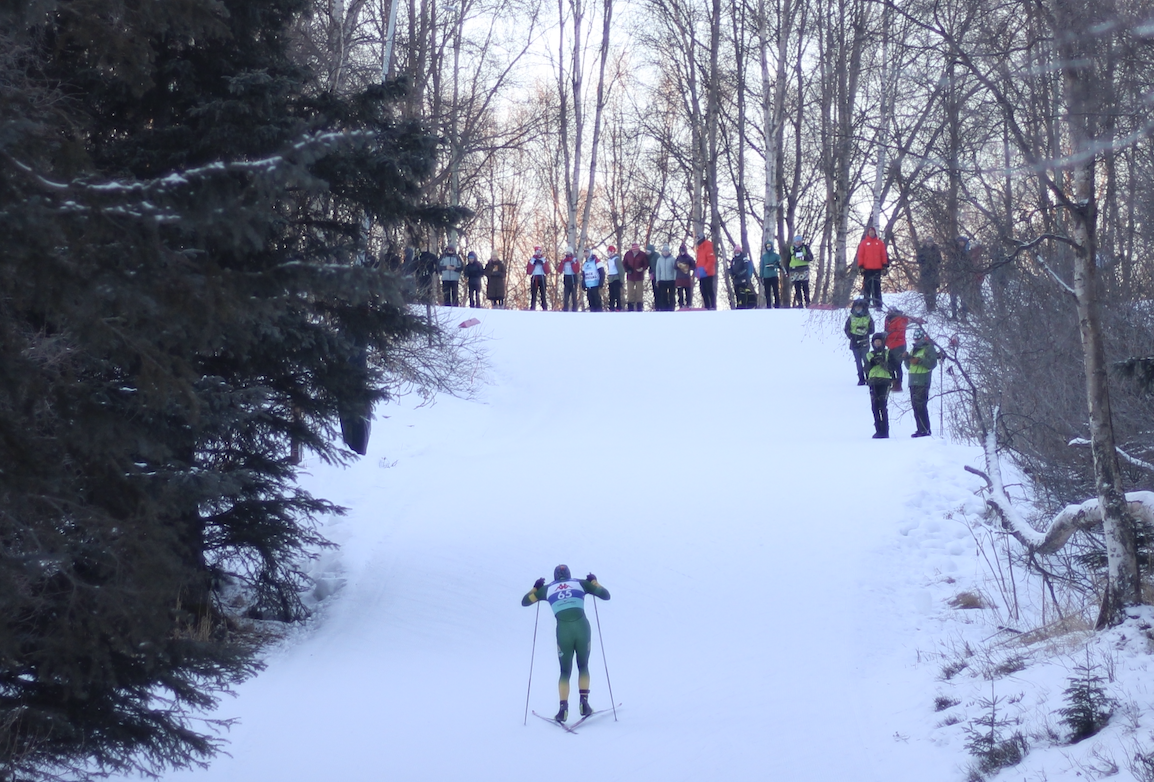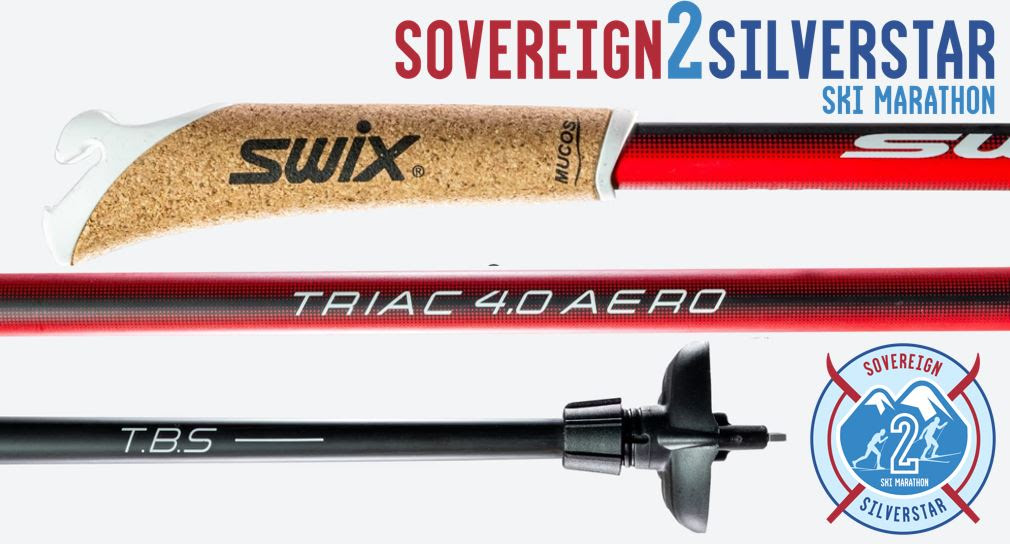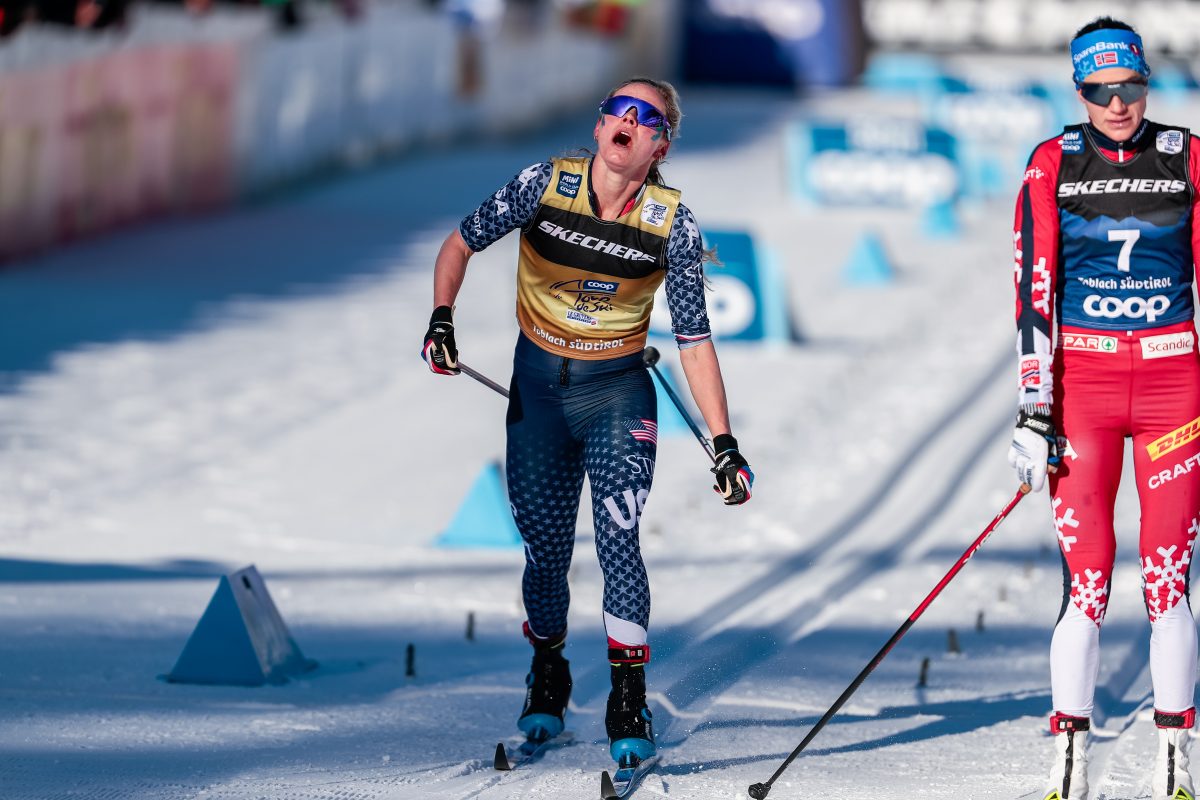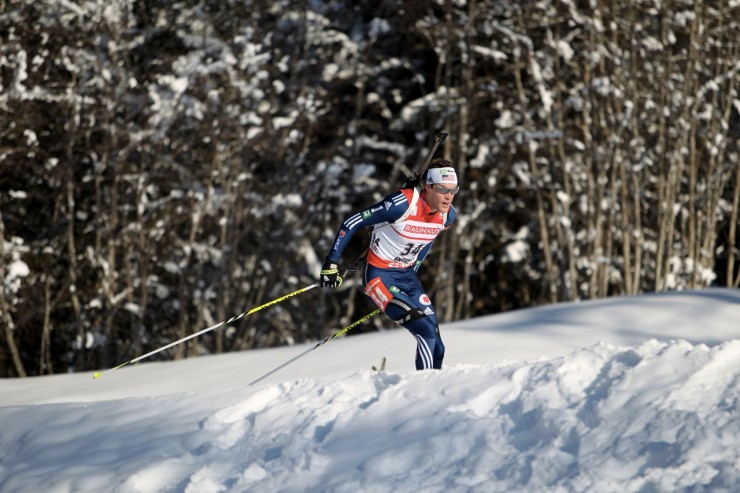
Four years ago, U.S. biathlete Leif Nordgren was thinking about the Olympics. In that way, things were just the same as they are now.
But looking back on his previous qualification experience (Nordgren did not end up competing in Vancouver), the Minnesota native chuckles a bit about how far he has come.
“I was pretty young,” he said this weekend in an interview from Lake Placid, New York, where he is based at the Olympic Training Center. “That was my last year as a junior, and it was an outside shot for sure to make the team. I was close I guess– I qualified out of the U.S. and into IBU Cups in Europe at least. I was pretty young and a lot smaller than all the other guys back then. I’m definitely a little more set this time around.”
His national team teammates Tim Burke and Lowell Bailey are prequalified to represent the U.S. in Sochi in February, so Nordgren has to compete for one of the remaining spots. But at this point, that outside shot that he would make it in 2010 seems about equal to the outside shot that he won’t make it in 2014.
“I can’t believe that anchoring the World Championship relay would be less nerve-wracking than Olympic Trials, but I don’t know,” Nordgren says. “It’s something that I’ll take day by day.”
Since becoming a senior, Nordgren had the best U.S. performances at 2011 World Championships, where he anchored the relay to sixth place. He’s kept that role, for the most part, ever since. He was also the anchor in Oberhof, Germany, last season, when the U.S. men skied to fifth place in a World Cup relay.
“Now I have a lot more experience and as far as our relay team is concerned, I definitely feel like I’m a part of that team,” Nordgren said. “After the first three World Cups in December they will pick a third person. I hope that’s me, because then I’ll be able to put in a good month of training in January and really not have to worry about anything else until the Olympics… I know that as long as I just focus on the races and have good competitions there, hopefully I won’t really have to worry about the qualification so much.”
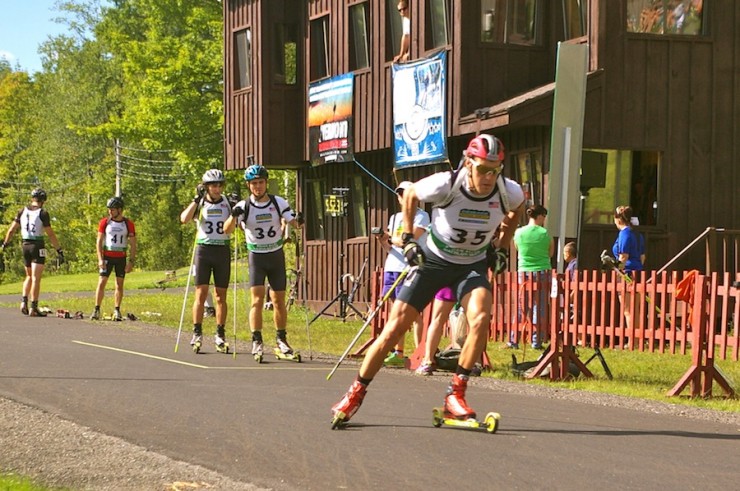
It’s not just experience that makes Nordgren optimistic. Despite being sick for three weeks in June, he said he’s had a great summer and made big strides in training. He described himself as “technically better, stronger, just a little bigger and better and stronger than last year.”
One area of particular improvement has been shooting.
“I can tell and the coaches can tell already just from the shooting percentages in the hard training sessions which are a lot better and more consistent than they ever have been before,” he explained. “In the past I have always approached shooting in a race as getting in and out of the range as fast as possible. This year I have finally settled down and I’m a lot more patient in the range. Still fast and efficient, but patient enough that I can take my time, a split second here and there, and it ends up in more hits.”
As always with shooting, the big question is how any changes can be translated to competition. Even time trials aren’t the same; the pressure, the competitors, and the fans make for a completely different game than any training situation can mimic.
But Nordgren can’t wait to see how things will go on the big scene.
“I’ve been training really well and I’ve made quite a few improvements I think, so I’m pretty excited for the season to start,” he laughed. “I actually wish it was starting sooner rather than later.”
The U.S. team has had a tiny taste of winter, in fact – the last block of their recent training camp in Germany was spent in Oberhof, which besides hosting a specator-packed World Cup every year is also home to a ski tunnel where athletes can get on snow in winter. It’s not the same as being outside, but it’s still snow.
“In the past, I’ve had trouble adjusting to snow in November,” Nordgren said. “Now at the end of a week skiing in the tunnel I can tell that I’m not 100% adapted to snow, but I adapt a lot faster than I would in the last couple of years. So on that note, it is really nice to get a feel for the technique because it is different than rollerskiing. To be able to keep the changes in the technique that I’ve made so far in the summer on rollerskis and try to transfer those over to snow is a big goal. I think I was fairly successful.”
The other job was testing skis. The U.S. team joined their wax and tech crew, which had some specific tasks for each athlete. Although the athletes don’t see them, the techs, many of whom are based around Ruhpolding, Germany, spend time in both Oberhof and on the Dachstein glacier in Ramsau, Austria, testing during the off-season. Nordgren estimated that they might make such a trip once a month or so, although he wasn’t sure.
For him, the task it was testing skis and flexes. He had received a batch of skis in Bend earlier this spring, and was comparing the best of those to some new material straight from the factory as well as his favorite skis from last year.
“We’d ski for two and a half hours in the morning, and it was nice because sometimes I’d be testing for almost a whole hour, switching skis back and forth,” he said. “So to get done with testing and have only an hour or an hour and a half left to ski was pretty nice. It mixes it up a little bit too.”
Why was it so nice? Despite the novelty of being on snow, the tunnel wasn’t the most stimulating of places to train.
“It’s, uh, it’s pretty boring,” Nordgren admitted. “We were in there for the morning workout for six days in a row… The first few days go by pretty fast but after that it slows down a lot.”
With no natural snow and four national teams training during the time the Americans were there, the conditions in the Oberhof tunnel approached “mashed potatoes,” Nordgren said. That didn’t make it any easier to finish off a big training camp.
That’s why, unlike Burke, Nordgren sat out the Climb to the Castle and the entire biathlon team didn’t take much advantage of the U.S. Ski Team’s training presence in Lake Placid the week after they arrived home from Oberhof.
“We have a pretty big block starting on Monday, so I know for me I didn’t want to go into that block with such a hard thing like Climb to the Castle,” Nordgren explained. “I’m still pretty tired from that. I’m not sure about the other guys. I want to just have another couple of full days to recover before we start that next long block.”
It’s all part of the plan, taking things one step at a time and focusing on quality in each training block in order to be the best biathlete possible come winter. Although Nordgren deemed it “unfortunate” that the two national teams’ schedules didn’t match up this fall, he did what he had to do: rest.
In fact, he spent his first few days back in the U.S. at home in Minnesota, relaxing with his parents.
“It was very quiet, but I was pretty – I was exceptionally tired after that camp,” he laughed. “So it was pretty nice to just sit around for two or three days straight.”
Chelsea Little
Chelsea Little is FasterSkier's Editor-At-Large. A former racer at Ford Sayre, Dartmouth College and the Craftsbury Green Racing Project, she is a PhD candidate in aquatic ecology in the @Altermatt_lab at Eawag, the Swiss Federal Institute of Aquatic Science and Technology in Zurich, Switzerland. You can follow her on twitter @ChelskiLittle.

